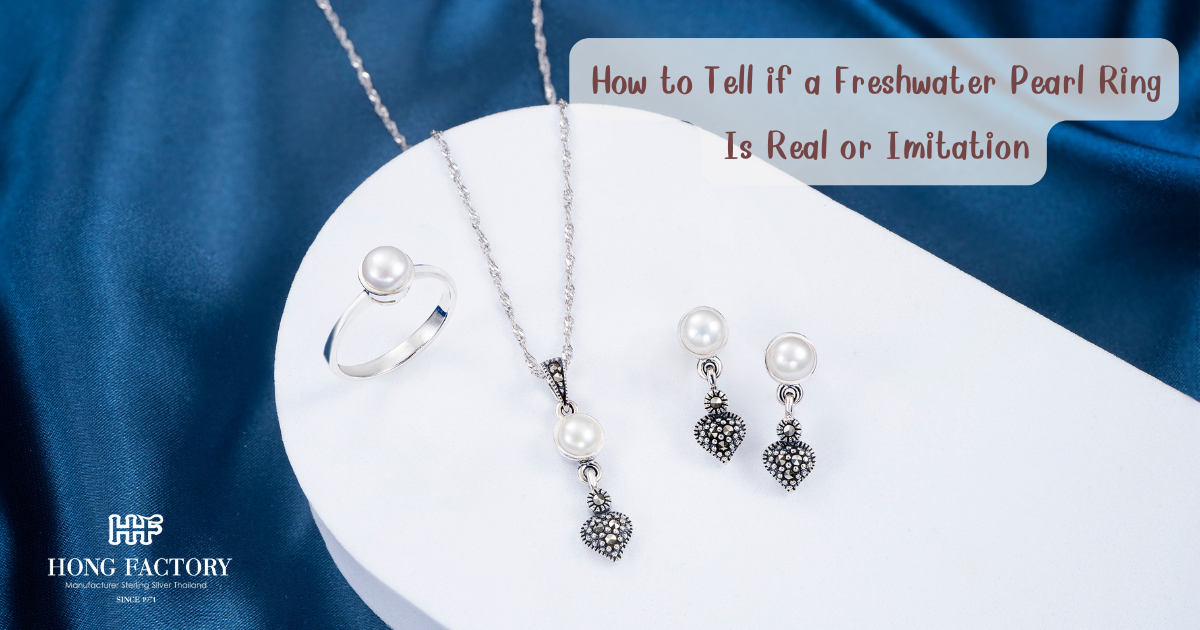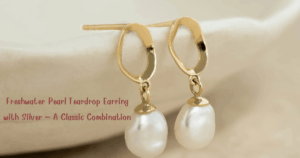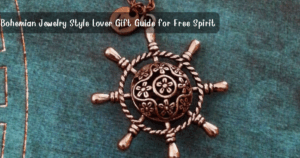Pearls have long been admired for their soft glow and timeless beauty, making them a favorite among jewelry lovers. But with the rise of imitation jewelry in the market, it’s becoming harder to distinguish between authentic freshwater pearl rings and synthetic ones.
Whether you’re a jewelry collector, a minimalist enthusiast, or a first-time buyer, knowing how to verify authenticity can help you make a confident purchase. Here’s a simple guide to help you determine if your Freshwater Pearl Ring is real or imitation. 925
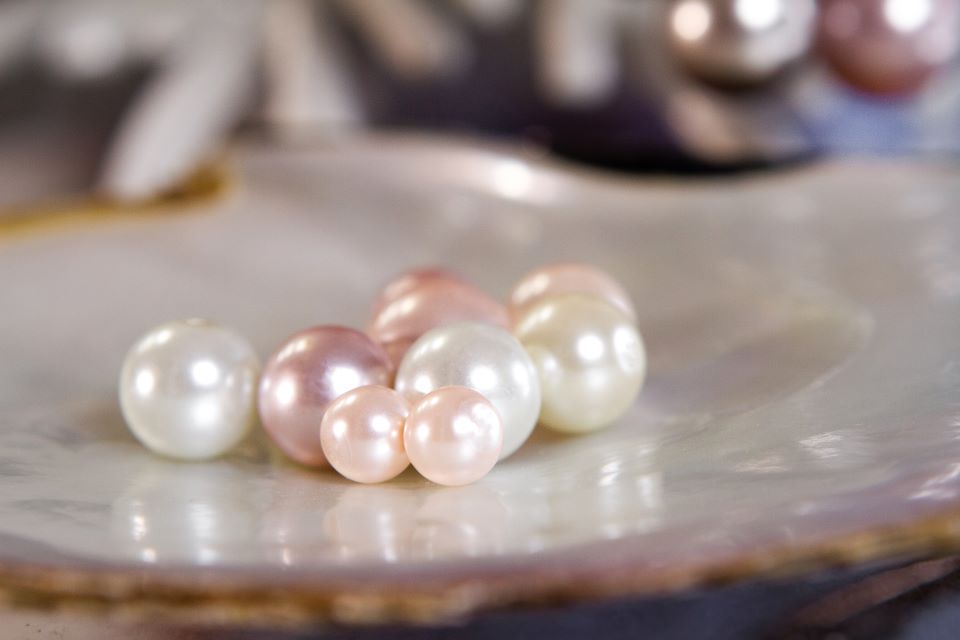
Understanding Freshwater Pearls
Freshwater pearls are cultivated in mussels found in rivers and lakes, primarily in China. Unlike saltwater pearls, which typically have a bead nucleus, most freshwater pearls are composed entirely of nacre — the same natural substance that gives them their signature iridescent glow. This characteristic makes them more durable and slightly softer in luster but rich in texture and individuality.
Imitation pearls, on the other hand, are usually made from glass, plastic, or shell beads coated with a pearlescent substance. Though visually appealing, they lack the depth, warmth, and tactile feel of genuine pearls.
The Touch Test
One of the easiest ways to tell if a freshwater pearl ring is real is by using the touch test. Real pearls feel cool to the touch when you first pick them up and gradually warm up against your skin. Fake pearls often feel room temperature immediately, as they are made of synthetic materials like plastic or resin.
Another simple trick is the “tooth test.” Gently rub the pearl against the edge of your front tooth. A real pearl will feel slightly gritty or sandy due to its natural crystalline layers, while a fake pearl will feel smooth or slippery.
Inspecting the Surface
Genuine freshwater pearls rarely have a perfectly smooth surface. They feature subtle imperfections — small ridges, pits, or variations that give them character. Under a magnifying glass, real pearls show irregularities and depth in luster. Fake pearls, however, tend to have a uniform and overly glossy surface that appears artificial.
Look closely at the pearl’s reflection. Real pearls display a soft, multi-tonal shimmer known as orient. This means you’ll notice slight color variations as you tilt the pearl under light. In contrast, imitation pearls usually reflect light in a flat, uniform manner without depth.
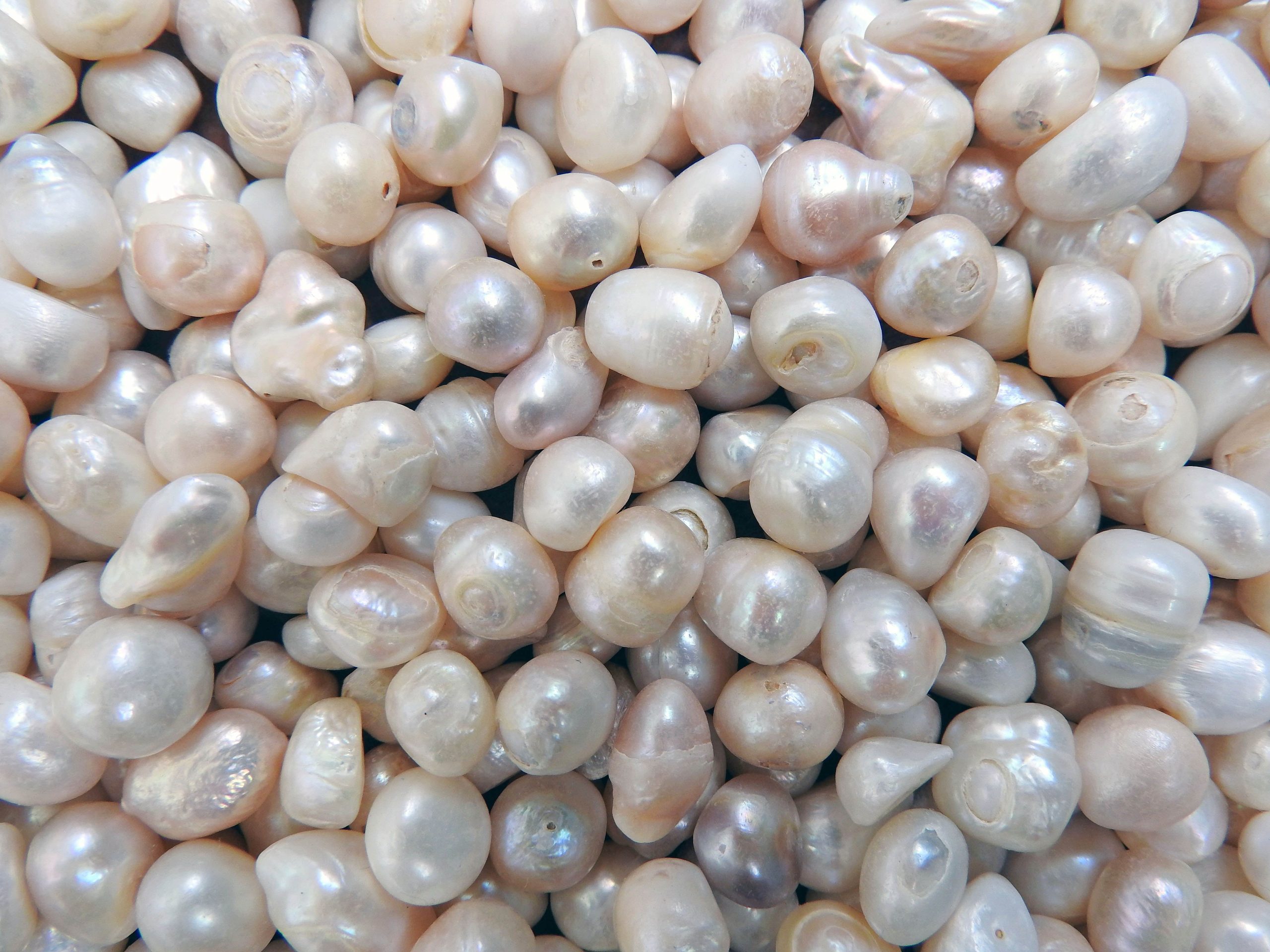
Examining the Drill Hole
Another clue lies in the drill hole of the pearl. In authentic freshwater pearl rings, the drill hole edges are typically smooth, and the nacre thickness around the hole is visible. Fake pearls often reveal chipped coating or exposed glass beneath the surface. If you notice paint flaking or uneven edges, it’s likely an imitation.
Weight and Temperature
Real pearls tend to have a slightly heavier feel compared to fake ones of the same size. This is due to their dense nacre composition. When you hold several pearls in your hand, authentic pearls should feel substantial, not lightweight. Similarly, genuine pearls maintain a cooler temperature longer, while imitations warm up instantly.
The Luster Test
Luster — the way light reflects from the pearl’s surface — is one of the most distinctive features of a real freshwater pearl. Authentic pearls have a deep, mirror-like shine that seems to glow from within. Fake pearls often look shiny on the outside but lack that inner glow.
Hold the ring under natural light and observe how the pearl reacts. A real one will display soft reflections, while a fake one may appear flat or glassy.
Professional Verification
If you’re still unsure, consider having your freshwater pearl ring evaluated by a professional jeweler. Experts use specialized tools such as microscopes and refractometers to confirm authenticity.
Many reputable jewelry stores also provide certificates of authenticity, especially for higher-quality pearls. If your ring came with documentation from a trusted brand or laboratory, this is a good sign that your pearl is genuine.
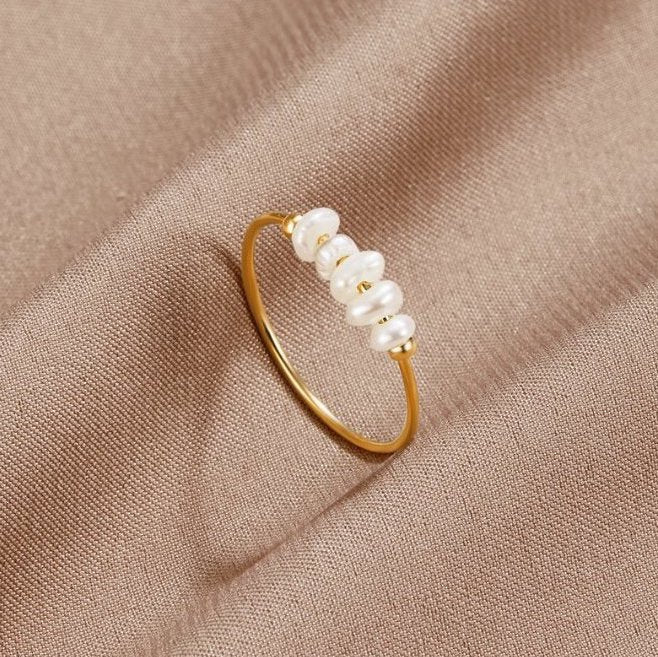
Price and Source Indicators
Price can also be an indicator of authenticity. While freshwater pearls are generally more affordable than saltwater varieties, they still hold significant value. If a deal seems too good to be true — such as
a large pearl ring sold at a suspiciously low price — it’s worth double-checking. Buying from reputable jewelers, especially those with transparent sourcing like Hong Factory, ensures that you’re investing in genuine craftsmanship and materials.
Caring for Authentic Freshwater Pearls
Once you’ve verified that your freshwater pearl ring is real, proper care will preserve its natural beauty. Pearls are organic and delicate, so always keep them away from harsh chemicals, perfumes, and acidic environments. Wipe them gently with a soft cloth after wearing, and store them separately from other jewelry to avoid scratches. With gentle maintenance, your pearl ring will retain its luster for years.
Distinguishing between real and imitation pearls doesn’t require professional equipment — just a bit of knowledge and careful observation. From texture and luster to weight and origin, each detail tells a story of authenticity. A Freshwater Pearl Ring not only embodies nature’s artistry but also represents elegance that transcends trends. Whether you’re buying for yourself or as a gift, understanding these simple tips ensures that your ring is not just beautiful but truly genuine.
